Exposure to pesticides, benzene from cigarette smoke, and formaldehyde in plywood increases the risk of leukemia.
According to the American Society of Hematology, certain environmental substances can increase the risk of leukemia (blood cancer). Knowing these substances can help people avoid health problems.
Benzene
The environmental exposure most clearly associated with leukemia risk is benzene. Benzene is a byproduct of coal and petroleum combustion. It is found in motor vehicle exhaust and cigarette smoke. Benzene is also found in paints, wood varnishes, solvents, plastics, adhesives, cleaning products and detergents, asphalt, pesticides, and unleaded gasoline.
There is a risk of exposure to benzene in the workplace or at home during home renovations. Use caution when using products that have warning labels that contain benzene, or are not clearly labeled.
Formaldehyde
Formaldehyde is a substance that increases the risk of leukemia and is commonly found in laboratories. However, exposure to this substance at home is possible. Formaldehyde is found in plywood products (to prevent termites), some air fresheners, upholstery, and wallpaper.
Plywood products often contain formaldehyde at appropriate levels, but care should be taken when handling them. For example, wear protective gear when manufacturing and using these products.
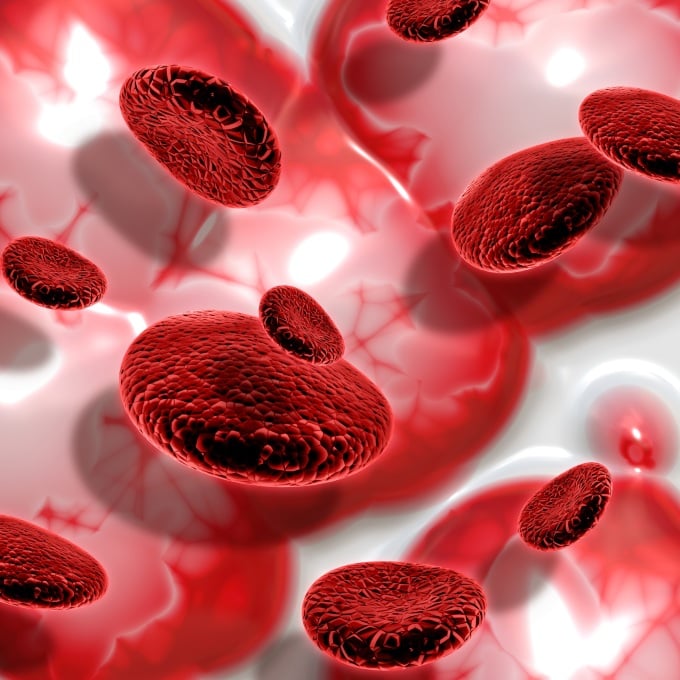
White blood cells multiply out of control causing leukemia. Photo: Freepik
Radon
Radon is a common cause of lung cancer in the United States. According to a 2013 study by George Washington University (USA), radon also increases the risk of leukemia.
Radon is a common breakdown product of uranium, found in rocks and soil under houses, in many parts of the world . Radon gas is odorless and colorless, and can be detected by using a radon test kit.
Pesticides
Long-term exposure to pesticides is also a risk factor. According to the American Society of Hematology, some studies show that children exposed to pesticides are seven times more likely to develop leukemia than children who are not exposed. Other chemicals that increase the risk of developing the disease include insecticides, herbicides, fertilizers, lice shampoos, and pet flea treatments.
Be careful when using pesticides. Pet products such as flea control should be kept out of reach of children. Adding plants to your home can improve air quality and reduce the risk of disease.
According to the National Aeronautics and Space Administration (NASA), plants that absorb carcinogens in the air in the home are chrysanthemums, gerberas, and lilies. Plants that can remove formaldehyde include ferns, chrysanthemums, ivy, dracaena, and dahlias. Plant about 15 small plants for about 180 square meters of living space to reduce carcinogens.
Mai Cat (According to Very Well Health )
| Readers ask cancer questions here for doctors to answer |
Source link





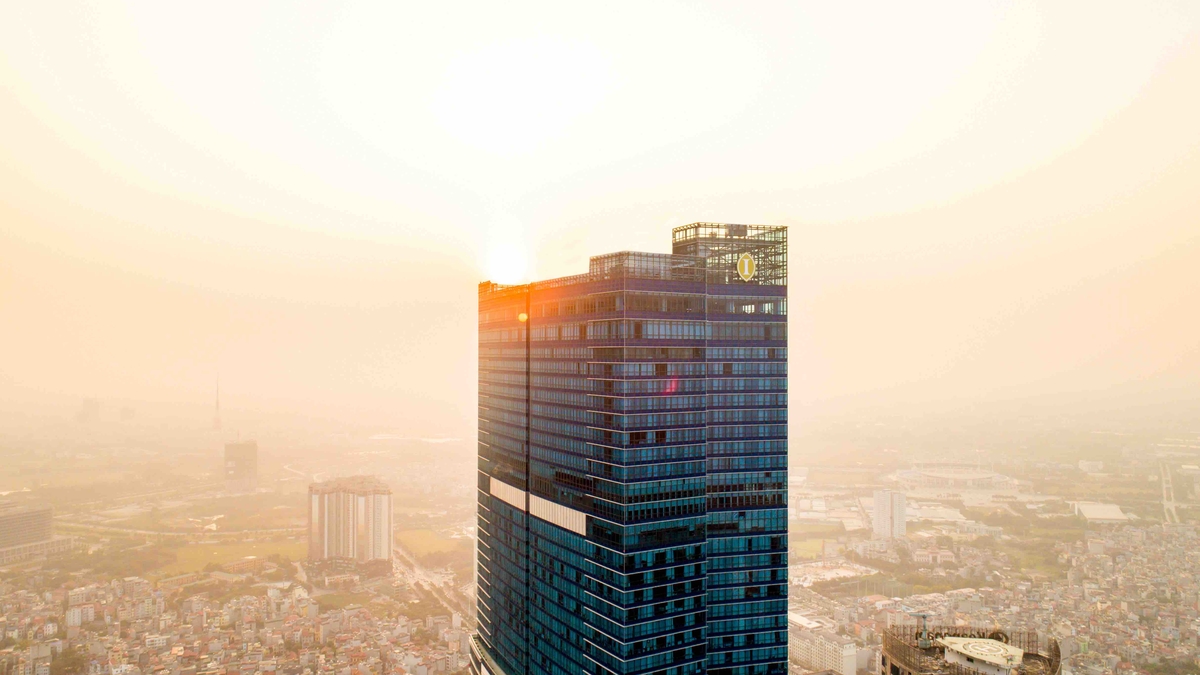






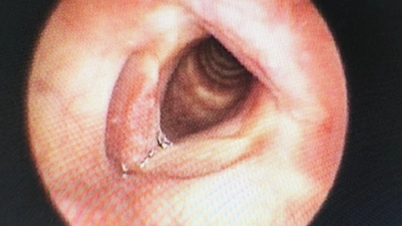




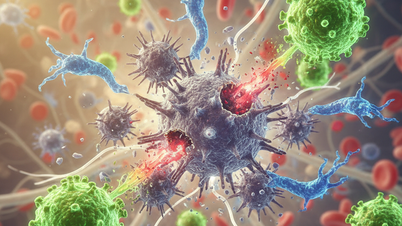
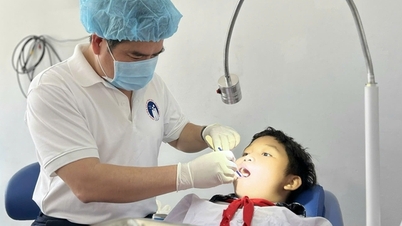










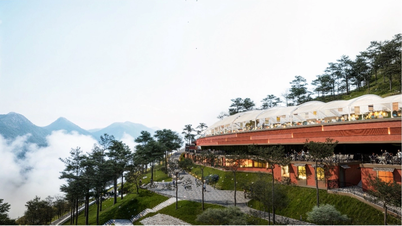
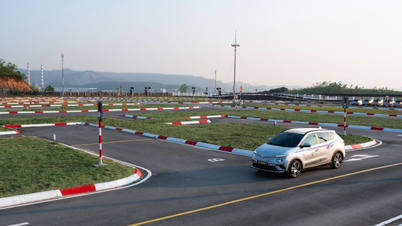









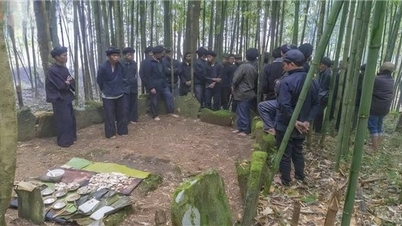








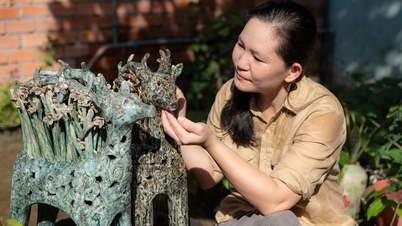






















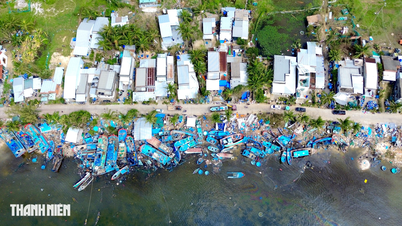


















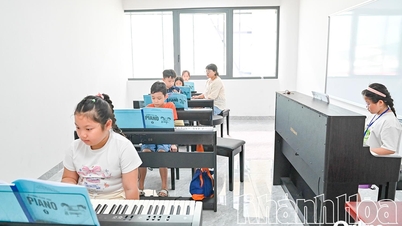



![Dong Nai OCOP transition: [Part 2] Opening new distribution channel](https://vphoto.vietnam.vn/thumb/402x226/vietnam/resource/IMAGE/2025/11/09/1762655780766_4613-anh-1_20240803100041-nongnghiep-154608.jpeg)













Comment (0)